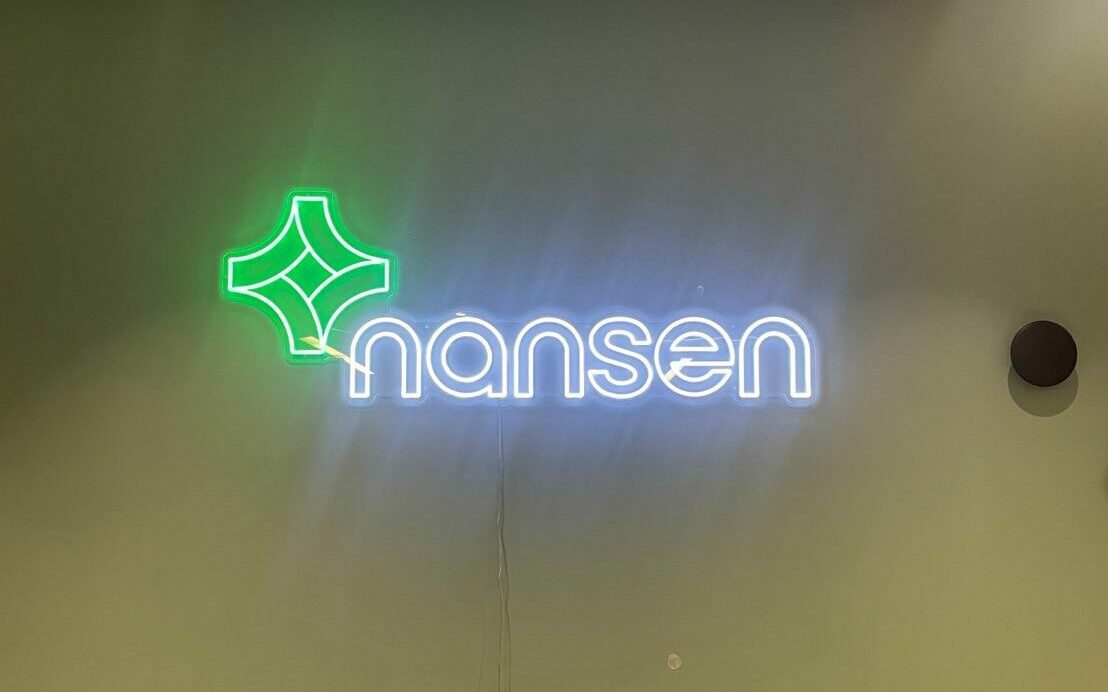What are the disadvantages of using Blockchain for business?

In a practical sense, blockchain technology has the potential to transform entire supply chains. However, many in the blockchain field would also say that it is still too early to accurately measure the benefits of using this innovative technology for businesses. Sites like Crypto VIP Club serve the best user interface and trading tools suitable for beginners as well as professional bitcoin traders. In addition, many companies feel compelled to consider blockchain in the face of new industry standards from large companies such as IBM and Microsoft.
When considering the impact of blockchain on business, it helps to think about supply chains that go beyond the traditional notion of a linear network. Instead, a more complex network consisting of intersecting segments must be visualized. Blockchain’s potential in revolutionizing supply chain management comes from its unique ability to connect these segments and coordinate efficiently across them by establishing trust in a decentralized manner.
It also provides more visibility into these segments, reducing human error and costs associated with audit trails. However, it is difficult to say whether blockchain can and will become a valuable business tool, as each technology platform has its advantages and risks.
Blockchain removes the need for trusted parties to see real-time data between devices. Real-time data shows contracts, payments and performance across supply chains more transparently than current systems allow. It allows companies to ensure that they really get what they pay for. In addition, it helps ensure that each entity executes its contract correctly and to an agreed level of completion. Let’s discuss the disadvantages of using blockchain for businesses.
1. Blockchain is hard to understand:
The concept of blockchain can be difficult to understand and challenges understanding. Blockchain is a complex system; it involves countless actors, moving parts and different types of chains. These moving parts have many potential entry points for error when trying to track all the information being relayed. In addition, it involves a high degree of monitoring and input from a number of people across different units, which increases the chances of human error.
2. Security risks:
One of the main problems with blockchain involves security risks associated with software bugs, cyberattacks by hackers, and errors caused by people entering data incorrectly or fraudulently manipulating information. There have been many vulnerabilities in blockchain software that hackers have exploited and stolen funds from individuals or institutions.
3. Regulatory challenges:
For companies considering integrating blockchain into their supply chain management systems, it is important to consider legal regulations in all geographic areas where they do business. However, the legal framework for regulating blockchain still needs to be well defined.
Regulators need to develop a common approach to overseeing this new technology that takes into account all aspects of this new technology, including trading platforms, exchanges, wallet providers and other service providers related to cryptocurrencies. In addition, providers of blockchain services must follow the exact regulatory requirements that apply to other financial services.
4. It is still in the early stages of development:
The technology itself is still in its infancy and needs to be refined, as it is currently too slow, and there needs to be more capacity support for it to be used in all supply chains. It will take at least a year or two before blockchain is implemented significantly. Because of its complex nature, many businesses wait until the capabilities mature before devoting resources and time to integration.
5. Complexity:
Blockchain’s comprehensive nature presents some challenges in its application and use cases. For example, it takes work to envision the kind of data that people might send between different supply chain entities or the complex relationships required to integrate those entities into an efficient network.
Sometimes it needs to be clarified who is responsible for managing this data in a supply chain. Much of this responsibility has traditionally been held by one party, for example the IT department or an independent compliance specialist.
Regulatory issues organizations face when integrating blockchain into their business processes pose a significant challenge in regions where laws still need to be passed to govern blockchain in business.
6. Blockchain is expensive:
The process of integrating blockchain into supply chain management involves changing the process and procedures that are in place. Therefore, companies need help to change their business processes. In addition to the effort of changing existing business processes, the costs of implementing blockchain are prohibitive. Therefore, blockchain involves high resources and costs at start-up.
It takes time to set up the right technology infrastructure and changes in business processes and procedures across a company. Businesses must also hire or train employees with skills in using blockchain technology and developers to help design, build and maintain this technology. Blockchain is not a panacea for conducting transactions between parties who must fully trust each other.

























